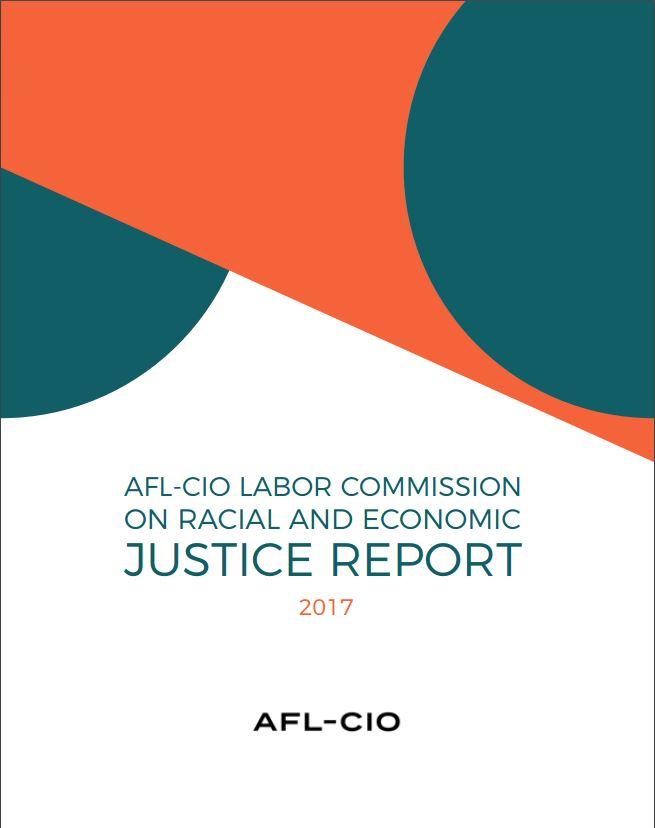In February 2015, the AFL-CIO Executive Council called for the creation of a Labor Commission on Racial and Economic Justice, noting that:
“[O]ur different experiences organized around race, gender identity, ethnicity, disability and sexual orientation often challenge and complicate” our ability to lift up our shared interest in achieving economic justice.
“To build a different, better economy, we need power that can only come from unity, and unity has to begin with having all our voices be heard, on all sides of those color lines. We have to start by acknowledging our own shortcomings and… find a way to see with each other’s eyes....”
Over the next two months, the leaders of 12 international unions, the three executive officers of the AFL-CIO, the president of the Connecticut AFL-CIO and the president of the Chicago Federation of Labor volunteered to be part of this commission. An Advisory Council of 14 union educators, academics and independent experts was formed to develop the format and content of the hearings planned.
Between July 2015 and March 2016, six labor commission hearings were held in Alameda County, Calif.; Birmingham, Ala.; Boston; Cleveland; Minneapolis and St. Louis, planned and facilitated by the Advisory Committee and staff of the Civil, Human and Women’s Rights Department, Campaigns Department and Communications Department at the AFL-CIO.
This report tells the story of what we heard at the commission events and the recommendations the hearings generated.
RECOMMENDATIONS
The recommendations below reflect the concerns we heard from local leaders and rank-and-file union members at the commission hearings. We recognize that every union and every community faces unique challenges. Many AFL-CIO affiliates are working to make their unions more inclusive, responsive and welcoming. We have highlighted examples of best practices to show that change is not only possible but also is under way. Our goal must be to spread these changes across our entire labor movement. We can all do more.
- Build solidarity and understanding among union leaders and members on how race has been used to weaken labor unity, limit the growth of the labor movement and damage our efforts to advance economic reforms that benefit all working people.
- To build a more “diverse and inclusive labor movement,” we must integrate the issues and concerns of members and workers of color into labor’s political and policy work at every level.
- Work to ensure labor’s leadership and decision-making structures reflect the diversity of our members, and all working people.
